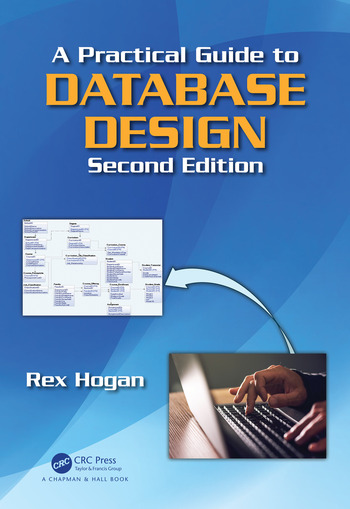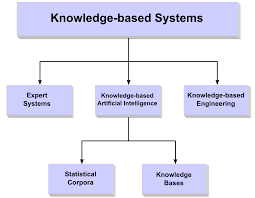A database is a collection of inter-related data organized meaningfully for a specific purpose e.g employee database.
Data are known facts that can be recorded and have a specific meaning
e.g addresses of people,
patients visiting a hospital.
A database management system (DBMS) is a collection of set of programs that are used to manage a database
such as postgreSQL, MySQL, mongoDB and many more.
A database system is made up of a collection of databases and database management systems.
Application of Database Systems
Database systems are used in different sectors to help record, manage, and track resources and activities.
- Used in banking systems
- Social Media Websites
- Airline Reservation Systems
- Credit Card Transactions
- Industry - manufacturing, processing
- Telecommunication and Broadcasting companies
- Library Management Systems
- Railway Reservation Systems
- Education sector - institutions of higher learning
- Human Resource Management
- In Hospitals
Traditional File Based System
This was an earlier attempt to computerize the manual filing system.
A File system is a method for storing and organizing files in a computer and the
data they contain so as easily locate and access them.
Drawbacks of the Traditional File System
Corrections or modification of a file may not update in another similar file.
Difficulty in accessing files and hence data contained.
Data isolation - data is scattered in various files and it may be in different formats.
Concurrent access anomalies - Access to data at the same time may lead to error if data is to be modified such as deleted or updated by different users.
Security Problems - access control methods could not be enforced to users in the file system.
Integrity - data stored could not satisfy the level of consistency constraints required.










